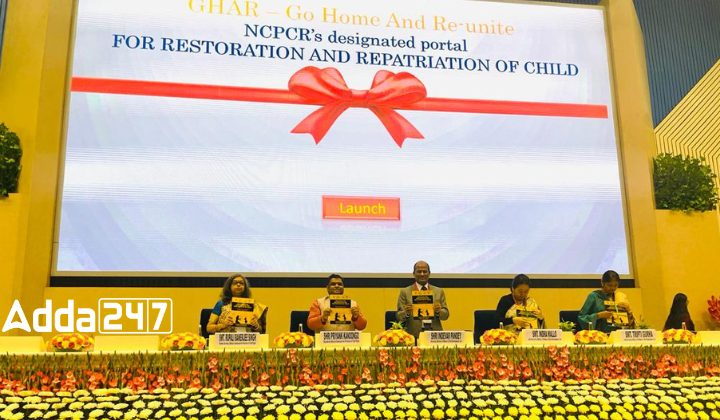Free Courses Sale ends Soon, Get It Now


Free Courses Sale ends Soon, Get It Now



Disclaimer: Copyright infringement not intended.
Context
The Ministry of Women and Child Development developed the “Track Child Portal”, which enables tracking of the missing and found children in all States/UTs including Maharashtra, Chhattisgarh, North Eastern States and Jharkhand.
Details
Background
Salient Features of GHAR Portal
National Commission for Protection of Child Rights (NCPCR)
Mandate and Functions:
Juvenile Justice (Care and Protection of Children) Act, 2015
Key Provisions:
Conclusion
This initiative reflects the government's commitment to leveraging technology for the welfare and protection of children, ensuring a comprehensive approach to their restoration and rehabilitation.
|
PRACTICE QUESTION Q. The NCPCR plays a crucial role in safeguarding and promoting the rights of children in India. Its multifaceted functions encompass not only addressing violations but also proactively promoting awareness, research, and the integration of child rights into various aspects of society. Comment. (250 Words) |
© 2024 iasgyan. All right reserved